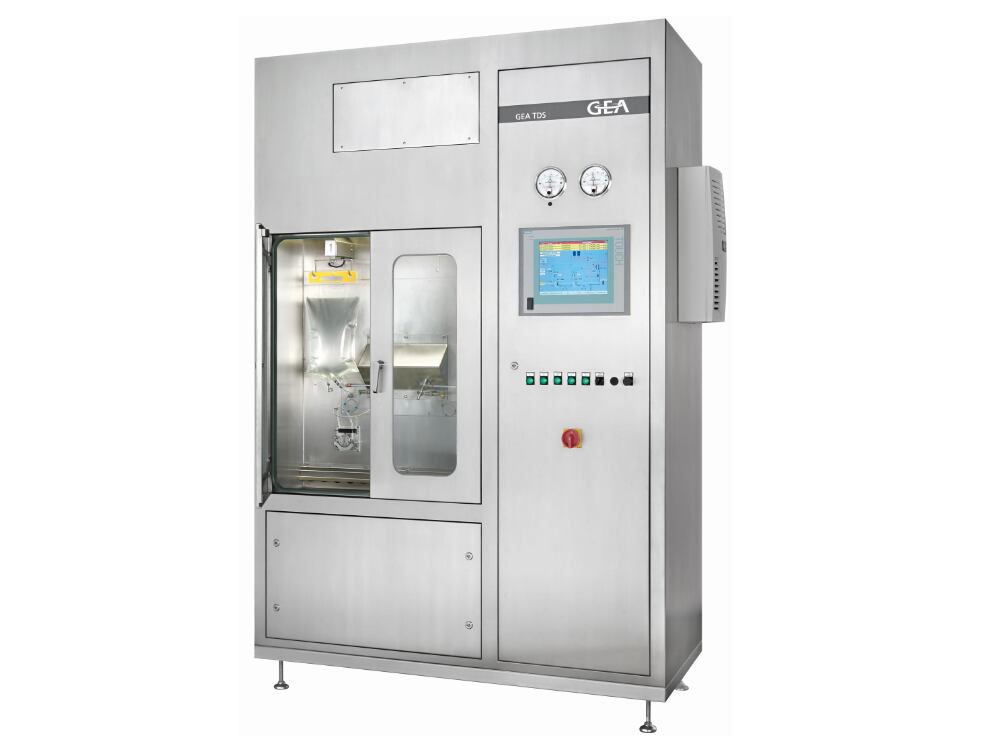Last week, Switzerland-based SIG Combibloc issued a release touting the benefits of GEA TDS's VARI-DOS-ASEPT aseptic dosing station - a machine that doses aseptic liquids in small quantities of between 0.2g and 0.3g per litre directly into the aseptic product flow.
The technology offers "significant added value" to manufacturers of lactose-free milk, said SIG.
While SIG played no part in the actual development of the VARI-DOS-ASEPT system, its dairy sector customers provided the "stimulus," it said.
Speaking with DairyReporter.com, Norman Gierow, head of global market segment management, SIG Combibloc, said "cooperation" with companies like GEA is high on its list of priorities.
"Demand for lactose-free milk is increasing, so obviously the industry is looking for good solution," he said.
SIG Combibloc and GEA "were in contact when the idea came up for a solution to produce lactose-free milk more efficiently," he said.
"We as a company focus on packaging and filling, but we are interested in anything that helps bring solutions for our customers."
"In the end it costs less"
VARI-DOS-ASEPT provides an "alternative method" for the production of lactose-free milk.
“Basically, there are two ways of making lactose-free milk,” said Ludger Tacke, head of GEA TDS’s aseptic divisions.
“In both methods, the aim is to break down the milk sugar, lactose, in the milk, which causes intolerance reactions in many people. The enzyme lactase is used to break down the lactose into glucose and galactose, so that most consumers will then no longer have any problem. The lactase enzyme can be added to the milk prior to heat-treatment; everything is then heat-treated together and subsequently packaged for long-life.”

The traditional batch method of producing lactose-free milk sees between 0.8g and 0.85g of lactase per litre is added to pasteurised milk before it is heat treated.
This method requires "comparatively large quantities of the enzyme because the heat treatment alters the lactase enzyme," said SIG.
It then sits in a tank for around 24 hours while the lactose breaks down.
GEA's VARI-DOS-ASEPT aseptic dosing system meanwhile adds between 0.2g and 0.3g per litre after heat treatment.
"So you don't lose the efficiency of the enzyme. The enzyme can function better and more efficiently and in the end it costs less," said Gierow.
Hydrolysis instead takes place in the carton and takes approximately 5 days.
While developed with lactose-free milk in mind, VARI-DOS-ASEPT would enable the production of beverages with functional additives, vitamins, flavours or extracts "more safety and accurately."
“Lactose-free is not the only application. We believe other ingredients could be dosed. We believe it could pick up in the future," said Gierow.
